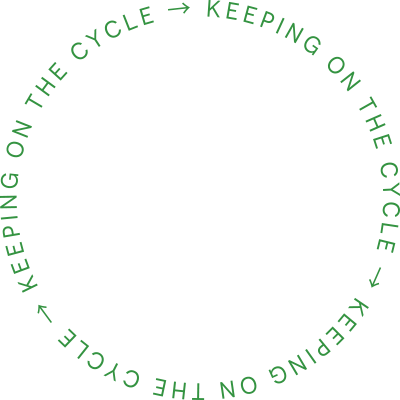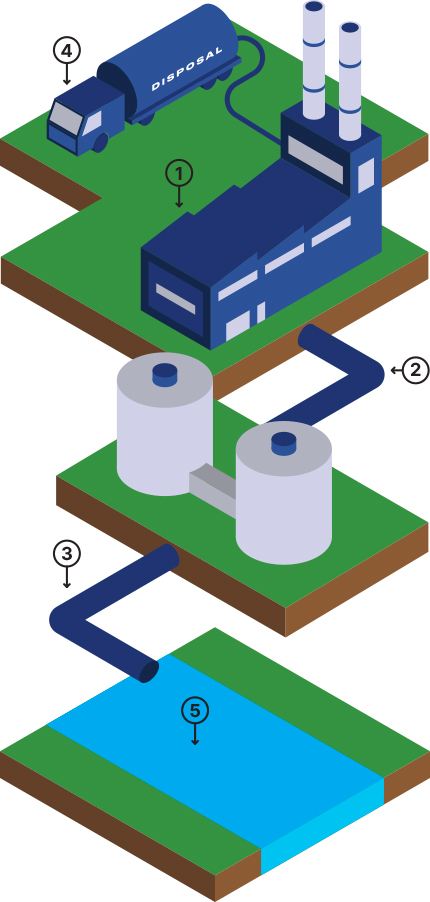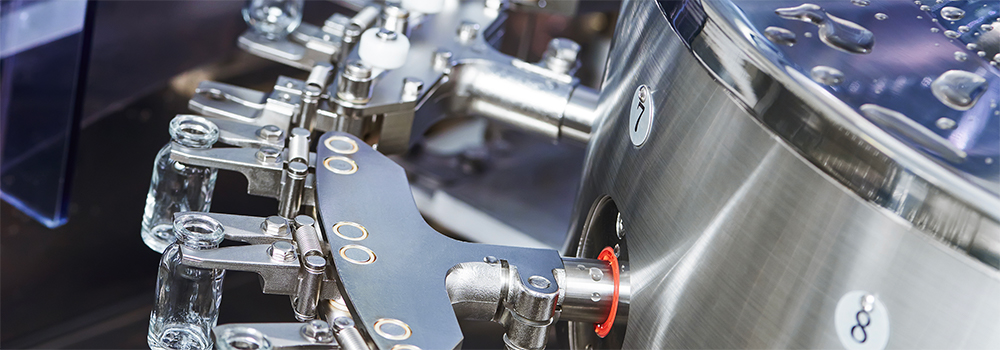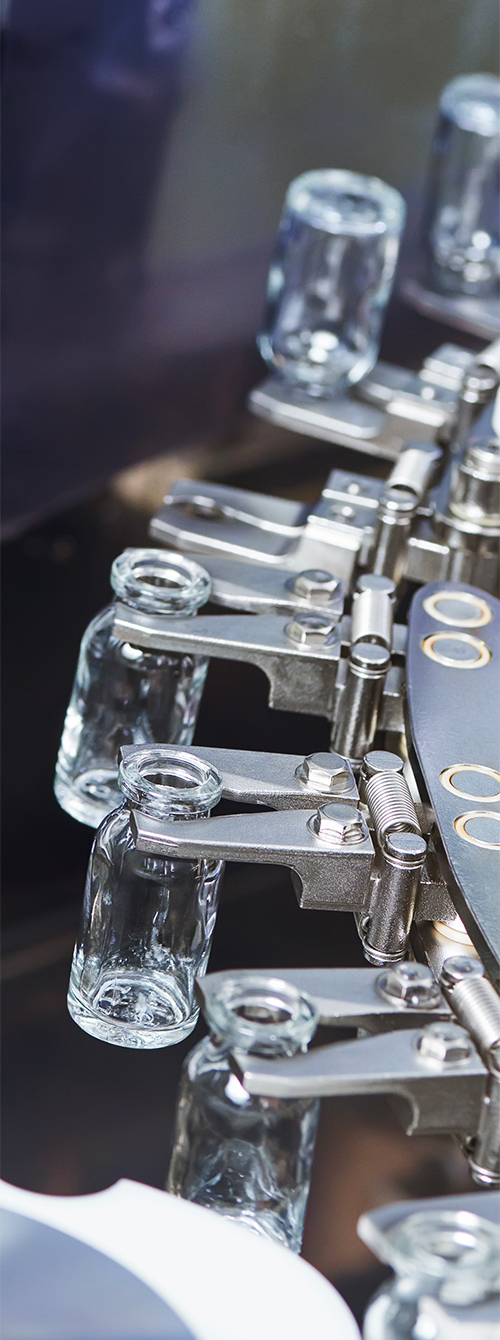Treatment and Applications

 Treatments
Treatments
Our treatment processes make it possible to eliminate refractory chemical pollutants and resistant micro-organisms (viruses, bacteria, etc.) for water coming from a treatment process or even water coming from groundwater or contaminated catchments.
To respond to the problem of heavy metals, we combine our technology with bio-based adsorbent materials to limit the system’s carbon impact.
- Directly at the source of the pollutant. In some cases, it is possible to treat the pollutant(s) at its production source. This limits the volume of effluent to be treated downstream. We are still studying this possibility which can drastically lower treatment costs.
- Upstream of the collective sanitation system. Our processing allows us to reach the rejection standards (Decree of August 24, 2017) or to comply with the rejection agreement with the local Waste Water Treatment Plant.
- Downstream of the existing treatment chain. Our complementary treatment eliminates refractory pollutants little or not treated by the treatment plant before discharge into the natural environment
- Instead of off-site treatment often expensive (incineration). We set up on-site treatment which limits the transport of effluents and the costs of destruction.
- Groundwater or contaminated catchments



 Here are typical applications of treatment:
Here are typical applications of treatment:
 Reduction of Chemical Oxygen Demand (COD)
Reduction of Chemical Oxygen Demand (COD)
 AIncrease in the biodegradability of refractory effluents (leachate, dyes, etc.)
AIncrease in the biodegradability of refractory effluents (leachate, dyes, etc.)
 Wastewater recycling (REUSE)
Wastewater recycling (REUSE)
 Reduction of specific organic molecules:
Reduction of specific organic molecules:
 Hydrocarbons(Polycyclic aromatic hydrocarbons (PAHs), MTBE, benzene…)
Hydrocarbons(Polycyclic aromatic hydrocarbons (PAHs), MTBE, benzene…)
 Pesticides(Atrazine, glyphosate, diuron…)
Pesticides(Atrazine, glyphosate, diuron…)
 Solvents(Dioxanne-1,4)
Solvents(Dioxanne-1,4)
 Pharmaceutical products(hormones, anti-inflammatories, antibiotics, methiolate compounds, etc.)
Pharmaceutical products(hormones, anti-inflammatories, antibiotics, methiolate compounds, etc.)
 Organometals(organomercurians, organoplatin)
Organometals(organomercurians, organoplatin)
 Volatile organic compounds(Phtalates, Phenols, Toluene…)
Volatile organic compounds(Phtalates, Phenols, Toluene…)
 Other organic molecules
Other organic molecules

